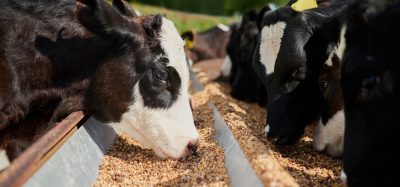Major American berry producers commit to recyclable packaging
- Like
- Digg
- Del
- Tumblr
- VKontakte
- Buffer
- Love This
- Odnoklassniki
- Meneame
- Blogger
- Amazon
- Yahoo Mail
- Gmail
- AOL
- Newsvine
- HackerNews
- Evernote
- MySpace
- Mail.ru
- Viadeo
- Line
- Comments
- Yummly
- SMS
- Viber
- Telegram
- Subscribe
- Skype
- Facebook Messenger
- Kakao
- LiveJournal
- Yammer
- Edgar
- Fintel
- Mix
- Instapaper
- Copy Link
Posted: 11 February 2020 | Sam Mehmet (New Food) | No comments yet
The groups announced that they hope to encourage more recycling of clamshells and create new specifications for packaging manufacturers.


Major North and South American berry producers and organisations have adopted an industry-wide goal to use 100 percent recyclable packaging by 2025. Groups that have committed to the goal include the North American Blueberry Council, the National Berry Crops Initiative, the California Strawberry Commission, the Argentinean Blueberry Council, Chilean Blueberry Council and ProArandandos (Peru).
The foundation of the goal is said to be the commitment to new label agreements that will optimise and standardise the recyclability of berry clamshells. A clamshell is a one-piece container consisting of two halves joined by a hinge area which allows the structure to come together to close, but they are often made from plastics such as polystyrene, polyester and PVC.
“Berry farming has a long history of innovation and leadership that once again came together to make this ambitious pledge,” said Rick Tomlinson, President of the California Strawberry Commission.
“Achieving 100 percent recycle-ready packaging represents the type of continuous improvement that is common among farmers as they strive for ever-improving efficiency.”
“Clamshell packaging revolutionised the ability of berry growers to transport their fruit to consumers nationwide,” added Henry Bierlink, President of the National Berry Crops Initiative.
“Now, the industry is working together on the next phase of that revolution, one that preserves the ability to safely transport fresh berries to market while minimising product damage, reducing food waste and demonstrating ongoing environmental stewardship.”









